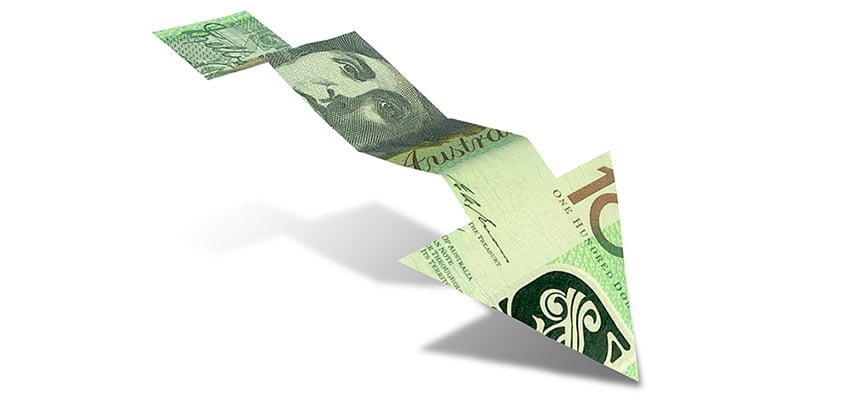BETWEEN January 2018 and November 2018, the Australian dollar has slowly slid from a high of US$0.8136 to a low earlier this month of US$0.7018.
This downwards trend looks to continue with the US Federal Reserve raising interest rates and the RBA planning to stay steady for the next 18 months.
Looking forward, the AUD may experience increased downward pressure in the short and medium term.
For many importers in the freight sector, this outlook can be concerning. Many importers we deal with have been using the US$0.70 level to estimate profit margins and as the market edges closer to this, importers should be revaluating their risk exposure and currency management strategies.
With this in mind, it’s crucial to be one step ahead as you plan for 2019. Here’s three things you can do now:
- Plan ahead: Reassess your 2019 budget to ensure you have factored in potential volatility of market movements and forecast sales. This will help determine profit margins and therefore your product prices and ultimately the portion of your transactions that need to be hedged.
- Tailor your hedging strategy: Importers should not be complacent on the outlook for the Australian dollar. Importers who already hedge can continue to do so – however, it’s important that your strategy is regularly reviewed in line with currency market movements, your budget and risk profile. Ultimately, your hedging strategy should be tailored specifically for your organisation – one-size-fits-all is not suitable.
- Seek strategic advice: The currency markets are full of risks and opportunities. When managed correctly, there is scope to not only protect your bottom line but enjoy an upside.
It’s good to consult with a foreign exchange provider throughout the year who understands your industry and can provide relevant currency market insights and analysis, as well as gauge what market shocks may be around the corner.
* James Swerling is the key account manager at AFEX

